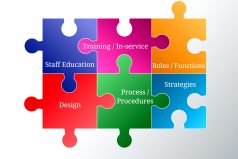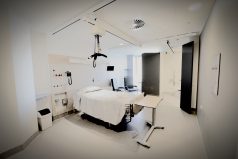Throughout my professional journey, I have been fortunate to collaborate with some of the brightest minds in the healthcare industry.
The roles I’ve assumed and the responsibilities I’ve embraced have varied across projects, sometimes as a contributor, and at other times, leading the charge. Regardless of the position, I’ve always seen these as valuable learning opportunities, allowing me to understand and appreciate the diverse thought processes and strategy development of my colleagues.
While most professional approaches I’ve encountered are rich in substance and validity, I’ve noticed a gap between theoretical concepts and their successful application in real-life scenarios. Reflecting on this discrepancy and my own experiences with projects that flourished or faltered, I’ve developed a five-part approach that I regularly employ when guiding the launch of successful Safe Patient Handling programs.
Here are the key principles that I advocate:
1 Purpose: A clear understanding of the project’s overall objective is crucial.
2 Alignment: Prioritize aligning support departments with project goals
3 Defining: Clearly define the roles and responsibilities of those involved
4 Inclusion: Seek to incorporate feedback from customers and end-users.
5 Blueprint: Craft a thorough implementation proposal for the SPH Program.
The effectiveness of a Safe Patient Handling (SPH) program is directly linked to the organization’s success in securing end-user commitment to using patient-lift equipment. Given the intricate nature of nursing practice and patient care, a clinically based injury prevention program demands a functional structure bolstered by well-defined objectives. To ensure the best results, it is vital that this guidance is provided by an injury prevention professional with the appropriate expertise. For the program to achieve its objectives, the strategies and processes it adopts must be both clinically relevant and practically applicable.
In search of practical solutions to increase equipment utilization among nursing staff? Do not hesitate to Contact Roric to discuss best available options tailored to your organization’s needs.





